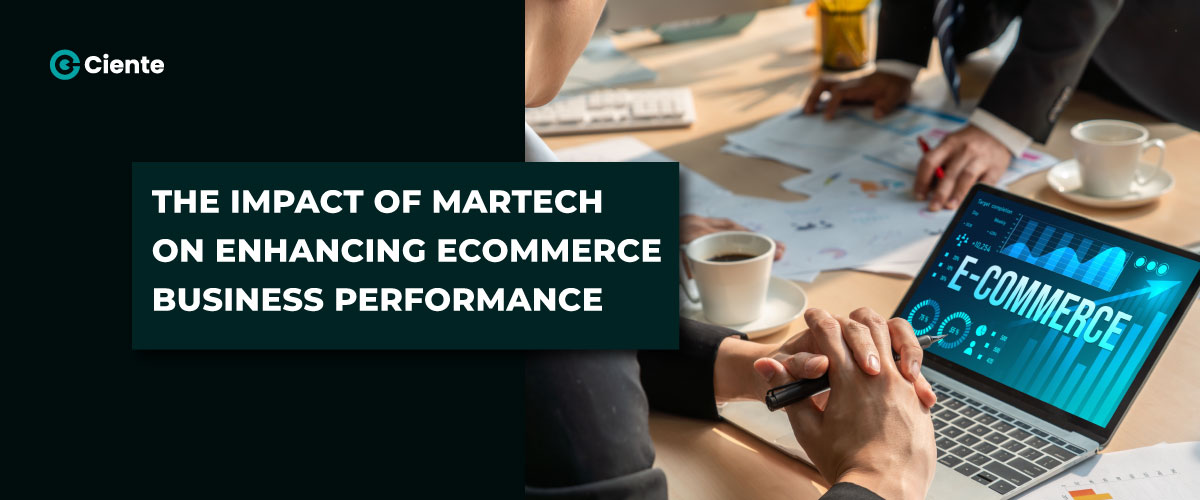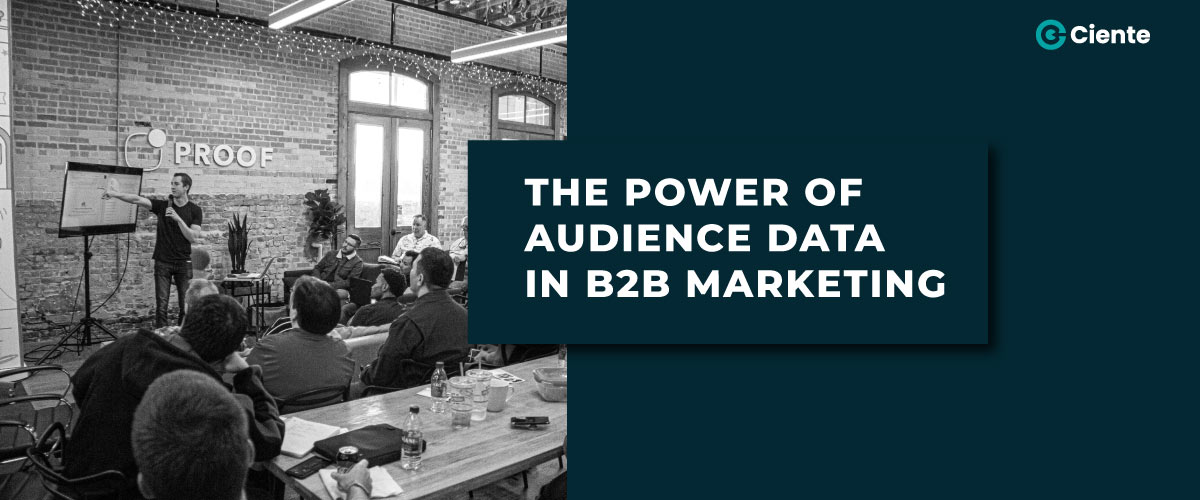
Content Syndication for Lead Generation: A Complete Guide
If more companies know your business and offerings, you can

If more companies know your business and offerings, you can

From retargeting to exit pop-ups, MarTech’s role in e-commerce is

Strategic decisions are based on in-depth research and varied inputs.

Seamless integration of marketing automation and CRM maximizes efficiency, boosts

The future of B2B sales is hybrid. Since B2B buyers